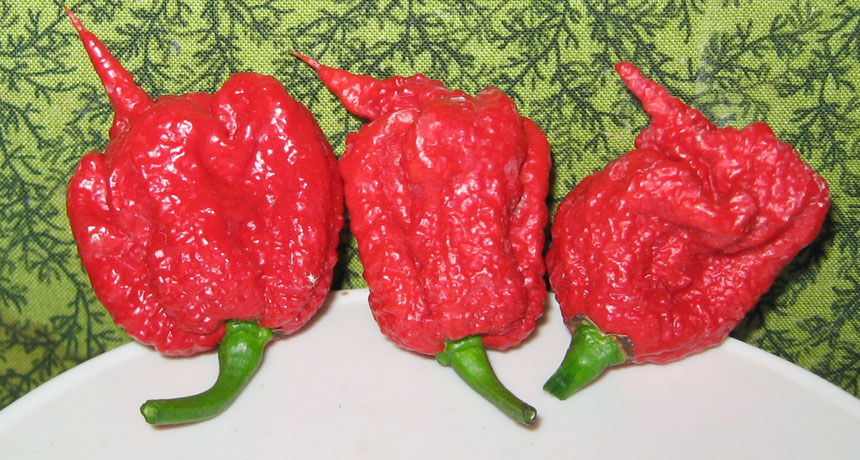Questions for ‘The cool science of hot peppers’

These Carolina reapers may be the world’s hottest peppers — hot enough to leave chemical burns on someone’s skin.
Dale Thurber/ Wikimedia Commons (CC-BY-SA 3.0)

These Carolina reapers may be the world’s hottest peppers — hot enough to leave chemical burns on someone’s skin.
Dale Thurber/ Wikimedia Commons (CC-BY-SA 3.0)